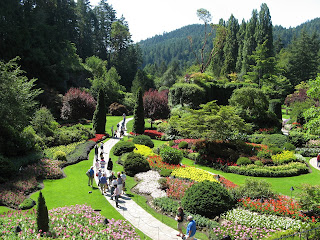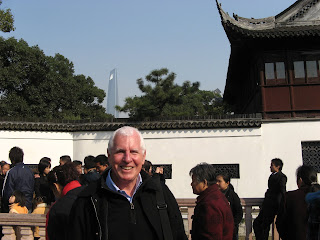Bay News-9 September 2009.
Has realism gone too far in children’s literature?
The other day I came across a recent Guardian article raising concerns about the effect of books written for children that picture the tough realities of life. The article discusses whether or not we need to expose young children (say between 10-14 years of age) to the bleakness of reality.
The issue was raised a few weeks ago by the author Anne Fine at the Edinburgh Book Festival. Fine mused about the possible negative effects these books might have on vulnerable youngsters. Do young children need to read books about the holocaust in which the main character ends up dying in a gas chamber? Fine’s comments brought on a lot sneering comments from the literati, and unjust comparisons between the former children’s laureate and Enid Blyton. But she obviously touched on something of interest to many when she questioned whether realism “may have gone too far in children’s literature”.
Alison Waller, senior lecturer at the National Centre for Research in Children’s Literature (NCRCL) at Roehampton University, says:” As a children’s writer, Anne Fine has a strong sense of pastoral obligation to her readers. You can see that in her work. But many writers for children and young people don’t feel that. They believe they should just write what they want and leave it up to the reader to interpret.”
Patrick Ness, author of The Knife Never Letting Go, a violent, dystopian fantasy, believes that fiction should reflect reality and that “good doesn’t always triumph”. He says “when I was young, there was still a compulsion for books for the young to teach an ethical and moral lesson. The Bully always got his comeuppance…that wasn’t what happened in my school…I think that when you tell the truth about bullies getting away with it and the violence and tough realities of life, then when you tell the truth about love and optimism, they take it more seriously.”
A teacher Ann Young says that teenagers do seem to be drawn to the dark side, I think it is just part of exploring what is inside them.”
Children’s writer Bernard Beckett believes that the debate around the suitability of children’s literature is often hijacked by a “very select group of social conservatives whose morality I find abhorrent; a morality that, for instance, has persecuted homosexuals.” But he does have concerns about books that portray a depressing worldview. “More energy comes from optimism. That is a stronger energy than one that comes from saying everything is terrible and we are all going to die”.
There seems to be a fashion for dark fantasy books. Kim Reynolds from NCRCL says, “It seems to talk to the inner turmoil they (teenagers) are experiencing and in some way it corresponds to their emotional stage.” She questions the value of books that have hopeless and brutal endings, books that do not offer any hope in their endings.
Parents and teachers can no longer afford to assume that everything in the garden of young people’s literature is lovely –or that everything in the children’s department of the bookshop or library is. Like the restricted section in the Hogwath’s library, some of these books may bite.
First blog for ages
6 days ago
























